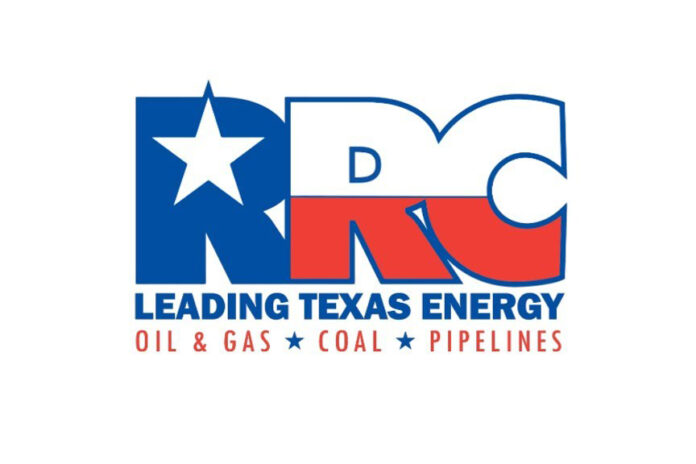Having required lesser volumes of produced water and shallower depths of injections a year ago, the Texas Railroad Commission is mulling further action against the operators of the salt water disposal wells 12 miles north of Midland that apparently caused the humongous earthquake that shook the bejabbers out of region last Friday as far distant as Crane and Seminole.
An RRC spokesman said Monday that wells within 2.5 miles of the earthquake’s epicenter were inspected Saturday.
“We continue to compile and analyze data on Friday’s 5.4 magnitude earthquake as the agency works on an action plan for the Gardendale Seismic Response Area,” spokesman Andrew Keese said. “We will let you know when further updates occur.
“With regard to RRC’s action to indefinitely suspend deep disposal in the Gardendale SRA in December 2021, it was expected that it could take a year or more for the frequency and magnitude of seismicity in the area to be reduced.
“Between Dec. 17, 2021, and Dec. 15, 2022, we noted significant reductions. All deep wells are no longer injecting.”
A list of deep disposal wells in the RRC’s December 2021 action for the SRA is available via the RRC’s Seismicity Response page at https://www.rrc.texas.gov/oil-and-gas/applications-and-permits/injection-storage-permits/oil-and-gas-waste-disposal/injection-disposal-permit-procedures/seismicity-review/seismicity-response/
Aaron Krejci, a spokesman for Railroad Commissioner Jim Wright, said the problem “is an ongoing, complex issue.
“As commission staff has previously stated, there is a lag time between changes in injection rates and changes in seismicity which, based on information from seismic experts and previous activity of this nature, can be anywhere from 12-18 months or more,” Krejci said.
“The commission is continuously evaluating the efficacy of our seismic response and updating-modifying those efforts as the situation dictates or new data becomes available.”
Maps and more information about the earthquakes are on websites maintained by the oil- and natural gas-regulating Railroad Commission and the University of Texas-affiliated Bureau of Economic Geology at gis.rrc.texas.gov/GISViewer and injection.texnet.beg.utexas.edu.
The maps show companies running 30 SWD wells in the GSRA, most of the companies cited by the Railroad Commission last year as having earthquake-causing wells began injecting lesser amounts at shallower depths as requested. However, Wasser and CrownQuest continued as before in defiance of their appeals being rejected at an RRC hearing early this year.
Neither Greg Mabee, chief executive officer of Wasser, nor Tim Dunn, CEO of CrownQuest, responded to requests for comment Monday.
Registering 5.4 in magnitude on the Richter Scale at 5:35 p.m. Friday, Texas’ fourth most powerful earthquake quake in history was quickly followed by quakes registering 2.7 and 3.3.
Without mentioning any companies, Keese noted Saturday that the agency had ordered the indefinite suspension of all GSRA deep injection produced water disposal wells in December 2021, adding that now the RRC “will review permit requirements for other injection wells in the area as it prepares for a response to reduce the frequency and intensity of earthquakes.”
Produced water is the briny, chemical-laden water that’s used in the fracturing, or “fracking,” of oil shale formations.




